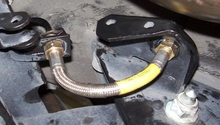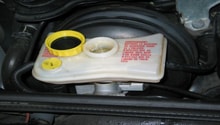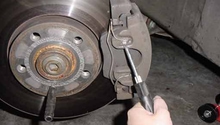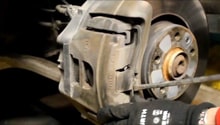Audi Q5: How to Replace Brake Line
One bad brake line can introduce air into your Audi Q5's brake system, which can completely change its feel and performance. Learn how to replace the brake lines in your Q5 here.
This article applies to the Audi Q5 (2008-2016).
The brake system in the Audi Q5 is a very tight, pressurized system. When a brake line fails and leaks, you're faced with two issues: losing brake fluid, and, even worse, losing pressure as you introduce air into the system. Replacing a bad brake line isn't a hard process; you will just need to bleed the system when you're done, which could be considered easy if you know exactly how to do it and in what order. This guide will explain everything you need to know about changing a bad brake line, bleeding the system, and getting back on the road.

Materials Needed
- Wrench
- Jack and jack stands
- Hose
- Bottle
- Brake line
- Brake fluid
- Assistant/helper
Step 1 – Locate the bad brake line
Before getting started, locate the leaking brake line. It's important to inspect the rest of the brake lines as well, because if you replace one, bleed the system, then discover you have another leaking line, you will have to repeat the process again. Once you locate the bad line, note the way it's routed, measure it, then purchase a similarly sized line.
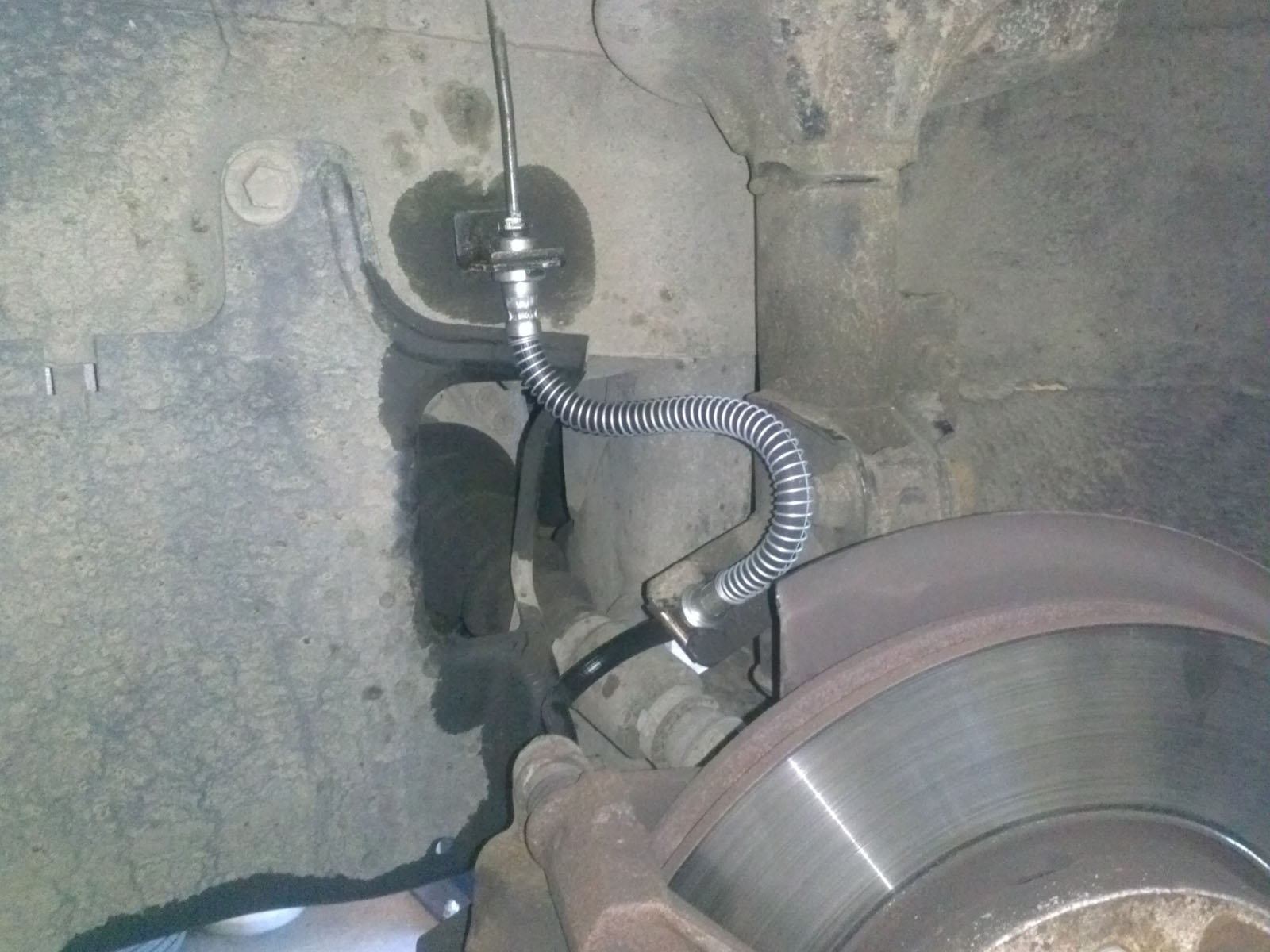
Step 2 – Remove old brake line
Remove the old line using your wrench. Loosen the line's nut, then remove any clamps that hold it in place. Once you remove the old line, install the new line in its place. The quicker you do it, the less fluid will leak out. Make sure you route the new line the same way the old one was routed. This will prevent it from touching any moving part, or even a part that gets too hot.
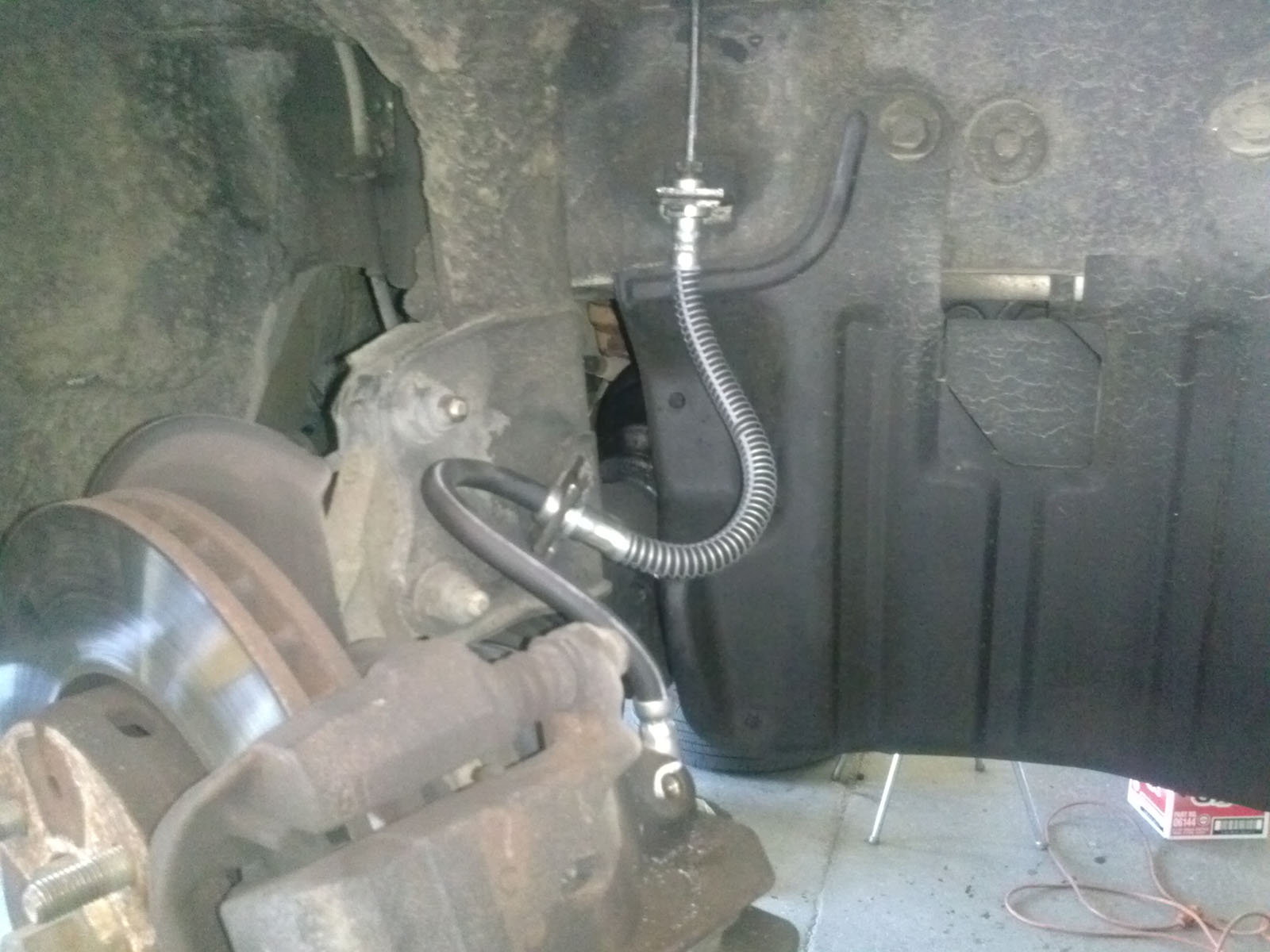
Step 3 – Bleed the system
Without bleeding the system, you will not retain the original brake feel. Once you remove a brake line, air gets introduced into the system. To bleed the brake system properly, you will need to start on the passenger side's rear brake caliper, then move to the passenger's side caliper, driver side's rear caliper, and end on the driver's side.
Locate the bleeder screws on each of the calipers; they should be on the back of it. Connect the clear hose to the bleeder screw, then connect the other end of the hose into a bottle. Ask a friend to pump the brake pedal a few times, then keep it pressed. Loosen the bleeder's screw with your wrench, then watch the fluid coming out. Once you stop seeing air bubbles in the fluid, tighten the screw first, then ask your friend to release the pedal. Repeat the same process for the rest of the calipers, but make sure to refill the brake fluid reservoir with fluid between each caliper.
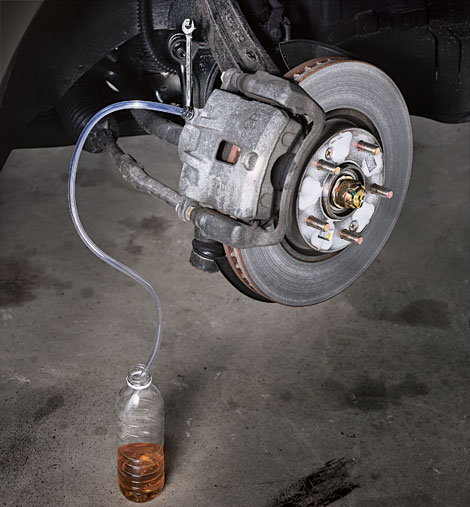
Related Discussions
- Stainless steel brake line - Audiworld.com
- Changing brake lines - Audiworld.com
- Installing steel braided brake line - Audiworld.com


